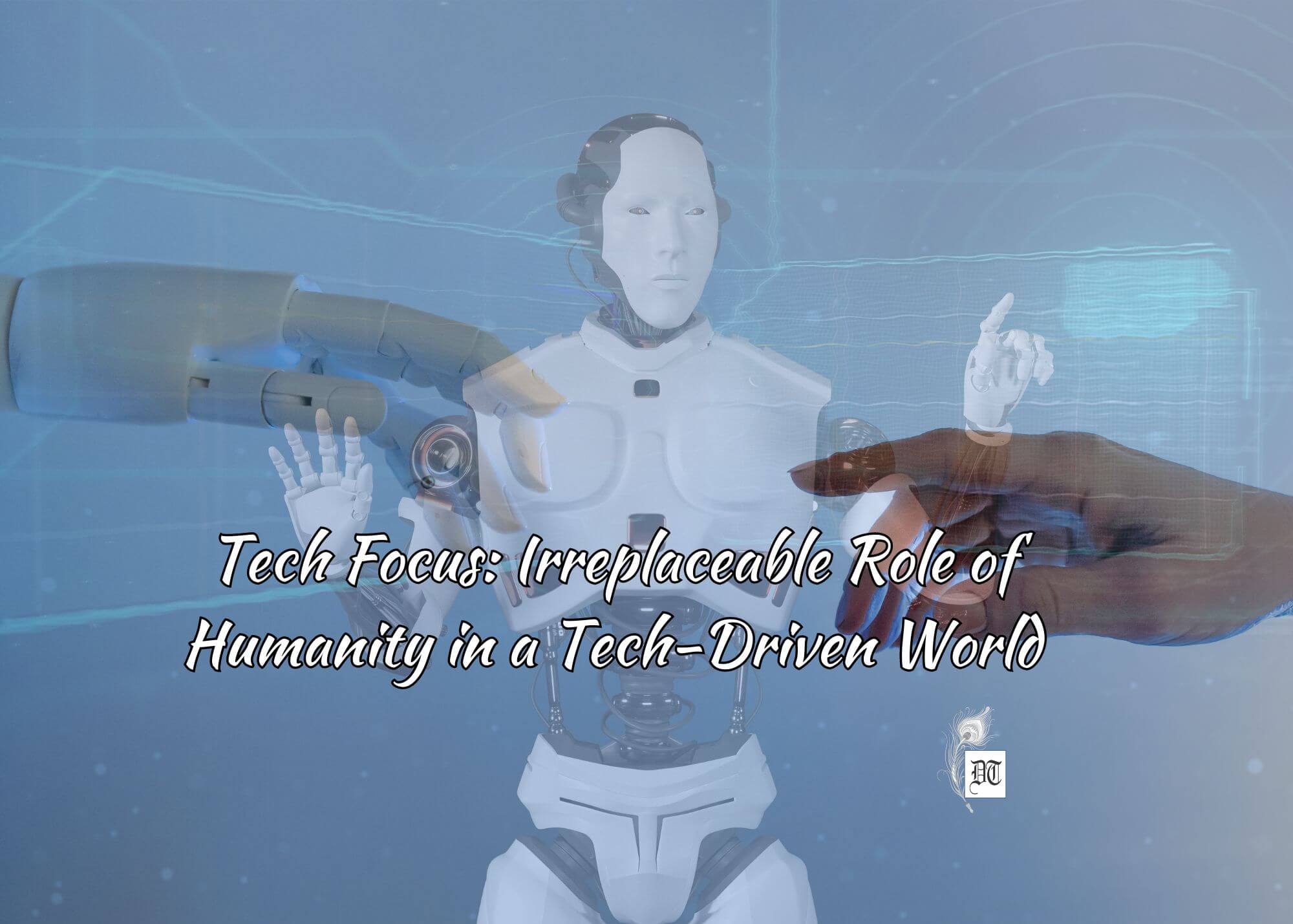In the first part of an indepth article on CO2 and Climate Change, Kunal explains phrases such as ‘global warming’ and ‘greenhouse gas (GHG) emissions’ that has entered the vocabulary of common man. He elucidates the three different truths that form the premise of his discussion on the subject. In this part, he outlines the brief history of global warming.
“The twin defining challenges of our century are overcoming poverty and managing climate change.” ~ UK economist Nicholas Stern in one of world’s most prestigious scientific journal – Nature [1].”
In the recent years, phrases such as ‘global warming’ and ‘greenhouse gas (GHG) emissions’ have entered the vocabulary of common man (woman and children) via continual coverage in the social media. The discourse on this matter in the non-scientific media has arisen for and from different reasons: ranging from political initiative to address local issues (odd-even scheme in New Delhi) to global initiative to curb the warming of planet (COP-21 meeting in Paris) and to paint a favorable picture of green energy technologies (solar cells; electric and fuel cell vehicles).Those working in the field of climate science have been confronted both by the tremendous complexity of the global warming problem andby the magnitude of its impact. To appreciate the latter, one must understand that the impact of Earth’s warming is expected to affect nearly all regions of the globe and that the nature of impact is restricted not merely to monetary loss but also to life (mortality and quality of life). Moreover, the impact may last for several decades and centuries.
In this write-up, I would like to share three specific points or three different truths:
- The discussion of global warming is not really a recent construct.
- The phrase ‘global warming’ can be misleading.
- The direct impact of increased emission of the prominent GHG, i.e. carbon dioxide, beyond temperature increase and climate change, on life forms.
I share the first different truth by taking a journey through the history of science and politics of global warming that began nearly 150 years ago. I will present a case for the second different truth of why global warming is a misnomer by pointing out aspects of climate change other than warming or temperature increase. And, finally I will discuss the third truth about less known and rarely talked about aspect of high CO2 levels on human health and cognitive abilities.
(i) A Brief History of Global Warming
Although this is a point I discuss in the next section, it suffices to state that ‘climate change’ is the correct descriptor of human-activity induced impact we often refer to as ‘global warming’. An excellent discussion on the history of anthropogenic Climate Change has been put together by American Institute for Physics [2] and I have generously referred to the expansive discussions in gathering my thoughts on this matter. As stated in those discussions, many scientists worked arduously and creatively over 150 years to develop what has become a mainstream topic today but, I feel, the underlying science still remains beyond the grasp of many. In any case, some of the initial concerns about how humans could be impacting their environment/surrounding coincided with the dawn of the industrial era, not serendipitously, but because of it.We can begin our journey of Climate Change history around that era. I have put together the milestones in this journey of climate change in the Figure 1 below.

warming
One of the first documented references in scientific literature regarding Earth’s temperature was those by a French scientist by the name Joseph Fourier, who is known to most engineers via Fourier’s law of heat conduction. (As an aside, Fourier was responsible for documenting the most comprehensive treatise on Egypt and science, my guess, was done only in his spare time. Fourier was concerned about what keeps the Earth’s temperature regulated at an average of 15 ºC when it continuously receives the heat from the Sun. He asked that question, why does Earth not keep getting warmer and warmer. He argued that Earth must lose heat but somehow the rate of heat loss is not high. He then proposed that the gases in the atmosphere acted like a ‘hothouse’ (the term greenhouse came later). John Tyndall was one of the scientists, who took upon himself to determine how gases can trap heat. I find it fascinating to put the imagination cap on, and suggest the readers do the same, and transport ourselves to a time when ideas about atoms and molecules were not fully understood nor were the idea of heat, let alone energy, grasped by those fully immersed in this topic. Tyndall must have had lots of imaginative capability since he designed experiments to measure the heat trapping ability of gaseous molecules. It is instructive to note that the concept of electromagnetic waves (sunlight, radio waves, and x-rays are all subset of this) was only proposed in 1865. In any case, Tyndall, in 1859, found that ‘heat rays’ (not radiation) were indeed blocked by carbon dioxide (CO2) and water vapour (H2O). This was/is the critical link in understanding greenhouse gas effect and climate change. Tyndall had surmised that the change in concentration of these gases in the atmosphere could cause climate change.
The next big milestone and perhaps the first documented evidence of linking human activity to global temperature change was that by the Swedish chemist, Svente Arrhenius, in 1896. This name should be vaguely familiar to anyone who had paid a tad bit of attention to high school chemistry. Arrhenius law is well known to relate how ‘rates’ (or more correctly, the rate constant) of chemical reactions depend exponentially on temperature. I had the fortune to browse through the original article by Arrhenius where he presents pages and pages of calculation on various scenarios of how much CO2 could be generated as the humankind was moving rapidly towards fossil fuels – coal and petroleum.
Let us take a break from our journey into the history of global warming and attempt to visualise how our planet Earth’s atmosphere acts as a greenhouse. Just like any greenhouse, the light or radiation from the Sun passes through the atmosphere of the Earth much like it passes through the transparent glass of the greenhouse (see 2). Most of the radiation from the sun is absorbed by the Earth but some of it is reflected back up to the atmosphere. In addition, the Earth is continuously emitting radiation but one that is much less intense than that of the Sun but nonetheless, it is emitting radiations. This is a very important point in our understanding of why Earth would warm up. All bodies or materials that exist as non-zero temperature (greater than minus 273.15 ºCelsius) will emit heat by radiation. Radiation of heat is restricted not just to ‘black bodies’ but any body/material that is at nonzero temperature. Thus, Earth by the virtue of its temperature being non-zero, radiates heat into the atmosphere. Both Sun’s and Earth’s radiation are a form of electromagnetic radiation. Sun’s radiation have shorter wavelength than those emitted by Earth and can pass through Earth’s atmosphere containing CO2 and water vapour. However, Earth’s radiation, which have longer wavelengths end up being absorbed by these gases. Think of how normal light cannot penetrate through our body but is mostly absorbed. On the other hand, the x-rays can travel through the skin although not through the bones and that’s how we get x-ray images of the bones. The heat radiation from Earth is like the normal light that cannot pass through the Earth atmosphere containing CO2 and H2O gases. These greenhouse gases trap the heat emitted from the Earth and re-emit them in all directions, most of it back to the Earth. In a greenhouse the glasses do the same job. They trap the heat radiated by the cooler plants and material inside the greenhouse but allow the radiation from hot Sun to go through.
![Figure 2: Representation of greenhouse effect for Earth. [Source: Reference 3]](http://139.59.80.127/wp-content/uploads/2016/04/Fig2.jpg)
![Figure 3: Carbon build-up in the atmosphere [Source: reference 4]](http://139.59.80.127/wp-content/uploads/2016/04/Fig3.jpg)
Despite the first Earth Day celebration in 1970, that decade was a time when the scientific community remained unsure about human-induced effect of climate change since a cooling trend in Northern Hemisphere was observed. Although in 1979, a “US National Academy of Sciences report finds it highly credible that doubling CO2 will bring 1.5-4.5 °C global warming”, with election of Reagan, the environmental concerns in the US were subdued. It is not a secret that in the USA, skepticism about global warming has found a home in the political right/conservatism (the Koch brothers a leading proponent of such anti-climate change movement). Nonetheless, the environmental concerns was becoming quite prominent globally and one of the hallmarks of such a movement resulted in what is known as the Montreal Protocol of 1987 that imposed international restrictions on emission of ozone-destroying gases. This was followed by series of reports by Intergovernmental Panel on Climate Change (IPCC), with the first one in 1991, second one in 1995, third in 2001, and fourth in 2007. In 1992, the Rio conference “produced UN Framework Convention on Climate Change, but (unfortunately) US blocks calls for serious action.” The US resistance continued on…and, the US senate rejected the calls from the 1995 International conference that produced the Kyoto Protocol, setting targets for industrialised nations to reduce greenhouse gas emissions. Hot debate, both in scientific community and political arena continued during the 1990s and the early 2000s. However, the hope for humanity came in late 2015. COP-21 or Paris Agreement of December 2015 saw almost all nations pledge to set targets for their own greenhouse gas cuts and to report their progress.
I do want to underline a point here about the perceived spoiler role the US may be thought to play. Despite limited ratification of international efforts to reduce GHG emissions, the US had managed to reduce its GHG emissions from 7350 million metric tonnes (MMT) CO2 equivalent in 2005 to 6673 MMT CO2 equivalent in 2013 [5]. In comparison, the 1990 levels were 6301MMT CO2 equivalent. The decrease over the last decade has come largely from the state level initiatives. Comparing 2005 and 2013 data, it becomes clear that CO2 emission decrease has come from two sectors – electricity generation and transportation. For electricity generation, the reduction has come from reduction in coal usage, which has been replaced by cleaner natural gas. For transportation, the reduction has come from increase in fuel efficiency of light motor vehicles.
Reference:
- N. Stern, ‘Economics: Current climate models are grossly misleading “, Nature 530, 407–409 (25 February 2016)
- https://www.aip.org/history/climate/index.htm; last accessed 09 April, 2016
- http://climate.nasa.gov/causes/ last accessed 09 April, 2016
- https://www3.epa.gov/climatechange/science/causes.html last accessed 09 April, 2016
- https://www3.epa.gov/climatechange/Downloads/ghgemissions/US-GHG-Inventory- 2015-Chapter-Executive-Summary.pdf; last accessed 09 April, 2016
[To be continued]
Pix sourced by Author from Net




